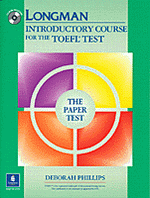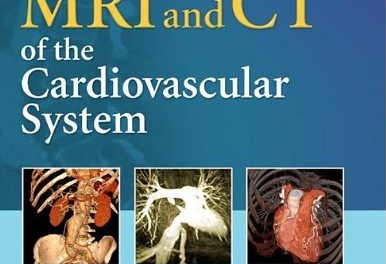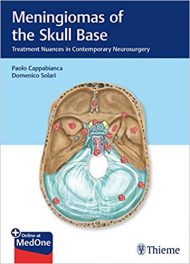Author: Deborah Phillips
Publisher: Pearson Longman – 419 pages
Book Review by: Paiso Jamakar
This is the first book of three books in a series of courses to prepare for taking the Test of English as a Foreign Language, known in short as the TOEFL. This book is at the introductory level (in green color). The other two books are the preparation course (in purple color) and the intermediate course (in blue color) for the TOEFL by the same author, Deborah Phillips.
The TOEFL has been around for decades and it is (or at least, was) required to be taken by foreign students whose mother tongue is not English, in order to be admitted into any college or graduate school in the United States.
Note that this book, like the other two, comes with a CD-ROM attached on its inside back cover. Additionally, a separate packet of four audio compact disks or CDs is available, which provides listening material to learn English. I believe listening and speaking, not just reading and writing, are essential to learning and understanding the English language.
The author Deborah Phillips has developed this course with three sections, respectively on Listening Comprehension; Structure and Written Expression; and Reading Comprehension. Each section contains questions and presents skills to be learned; and under each skill, exercises are provided to help the student acquire those skills necessary to be proficient in English. At the end of each exercise is presented a review exercise to reinforce skill acquisition.
Section One, on Listening Comprehension, begins with a diagnostic pre-test on reading skills. As a matter of fact all four sections have diagnostic pre-tests and post-tests to determine what and how much has been learned. This section contains questions in Parts A, B and C on listening and presents 12 different skills to be acquired.
Those skills to be acquired in Part A are: restatements; negatives; suggestions; passives; who and where; and agreement. In Parts B and C, the skills to be acquired are on: the questions, the topic and the order of the answers.
Section Two, on Structure and Written Expression, has Structure Questions and Written Expression Questions. The 10 skills presented to be acquired on structure are: subjects and verbs; objects of prepositions; present participles; past participles; coordinate connectors; adverb clause connectors; noun clause connector/subjects; adjective clause connectors; and adjective clause connector/subjects.
Under the heading Written Expression Questions, these are the skills to be acquired by the student and test-taker: agreements after prepositional phrases, expressions of quality and certain words; parallel structure with coordinate conjunctions and paired conjunctions; past participles after have; present and past participles after he; base form verbs after models; singular and plural pronouns; countable and uncountable nouns; subject and object pronouns; possessives; pronoun reference; adjectives and adverbs; and adjectives after linking verbs.
Section Three, on Reading Comprehension, has questions on this topic, and the skills to be acquired by the person taking the TOEFL paper test are on asking: main idea questions; stated detail questions; unstated detail questions; implied detail questions; vocabulary in context questions; and “where” questions.
At the end of the three sections of this book are tests of written English (TWEs) before, while and after writing. The student learns to choose a topic, write on it, and provide supporting ideas. He acquires skills in writing introductory, supporting and concluding paragraphs. He or she also learns to edit sentence structures and written expressions.
Tests are provided at the end of this book, as well as appendixes on similar sounds, prepositions, word endings, irregular verb forms and word parts. Scores and charts are provided, along with answer sheets, and the all-important Answer Key.
This introductory book on preparing for the TOEFEL is a shorter one than the medium- level one labeled “Preparation Course for the TOEFL Test: iBT” but it no less represents a lot of hard work by the same author Deborah Phillips. Our congratulations to her for a job well done.







